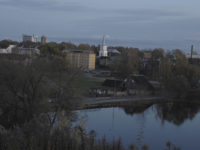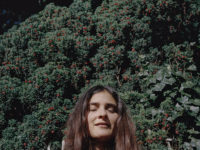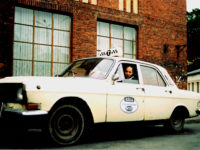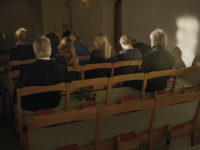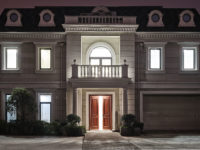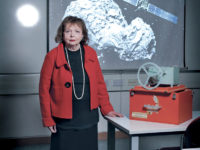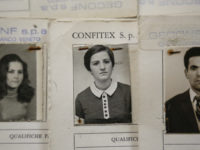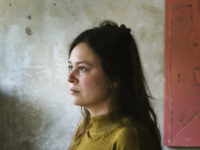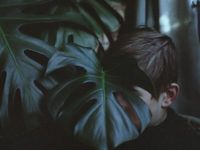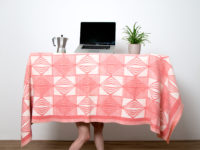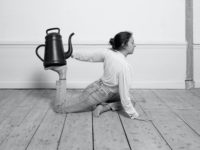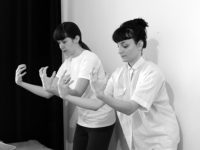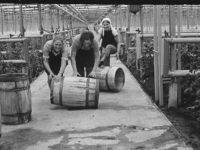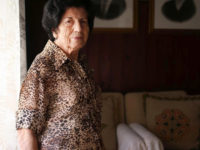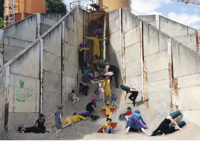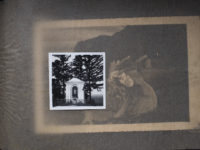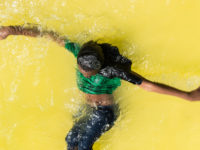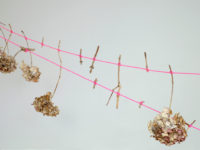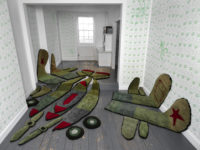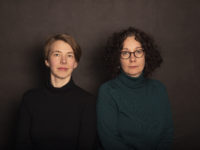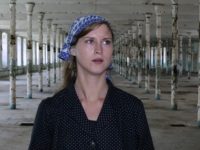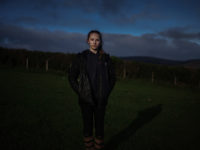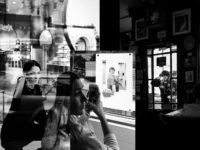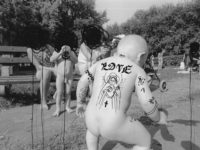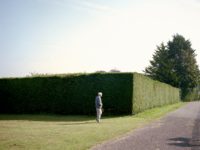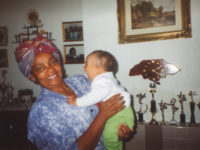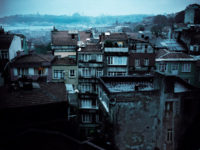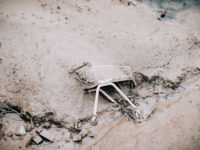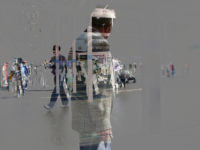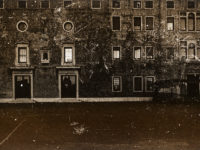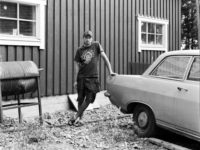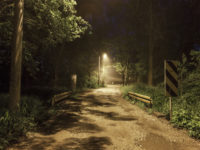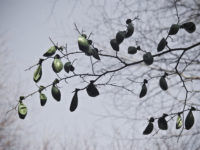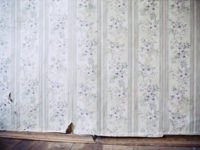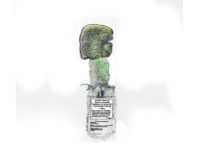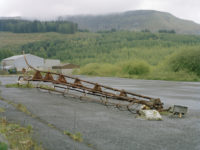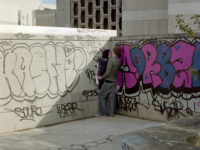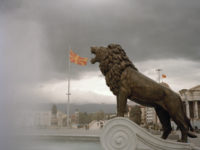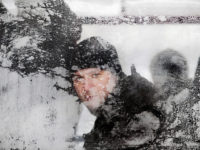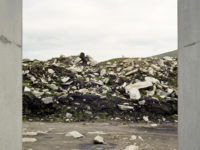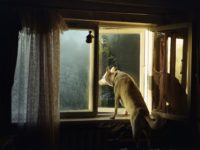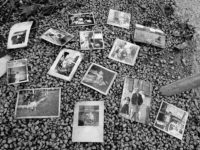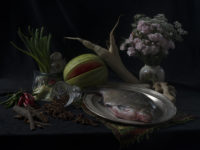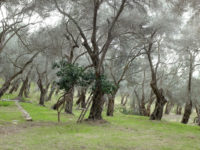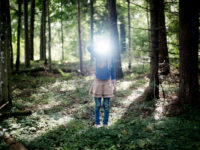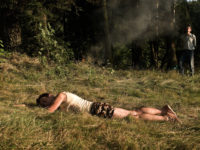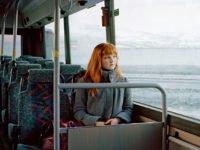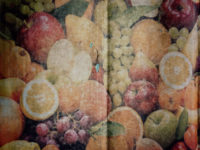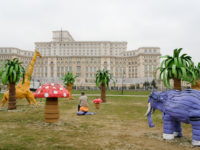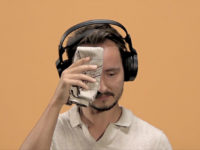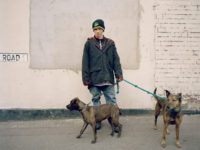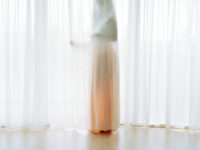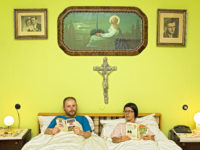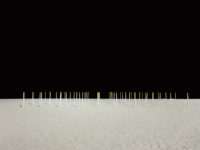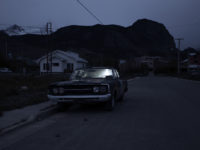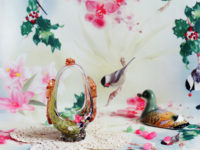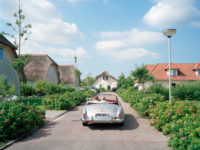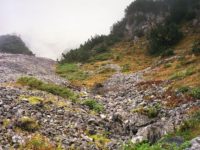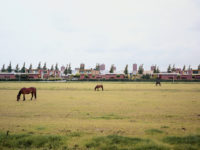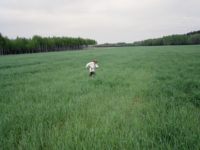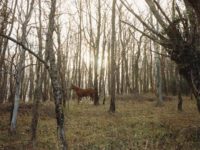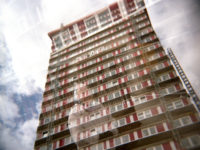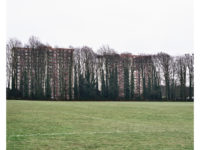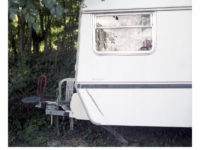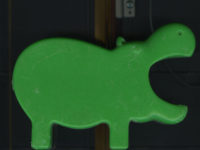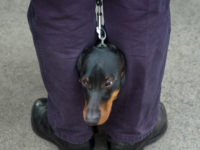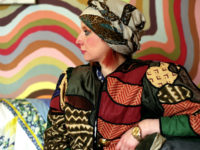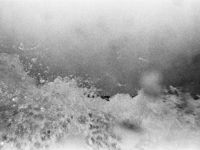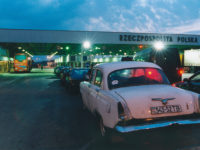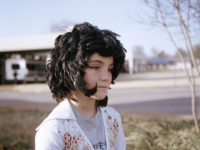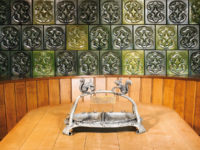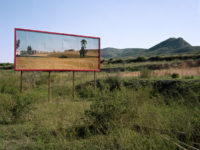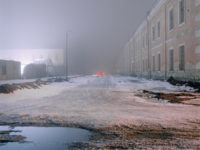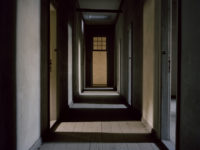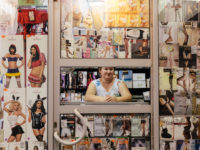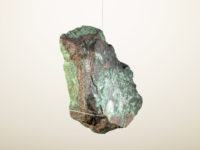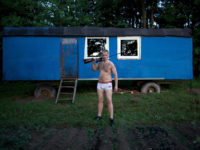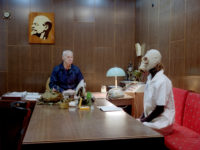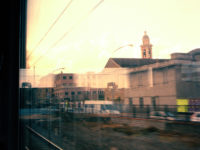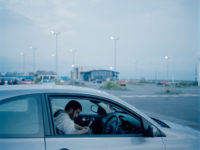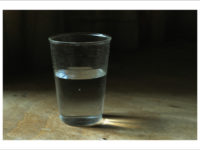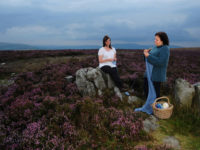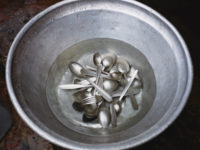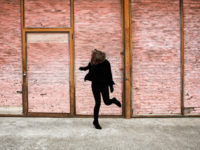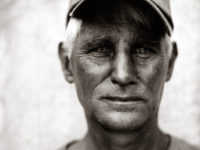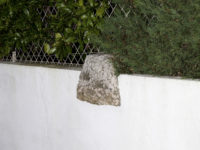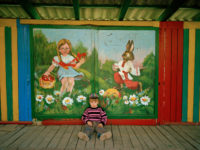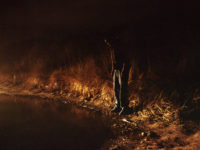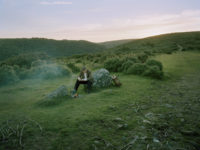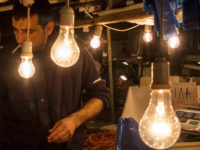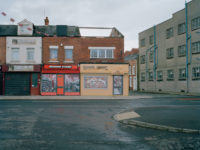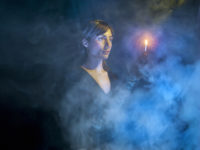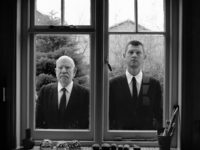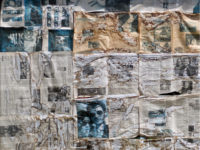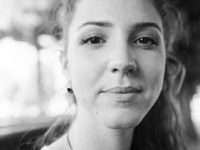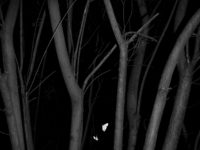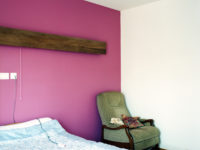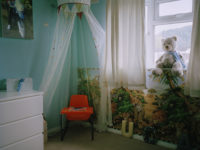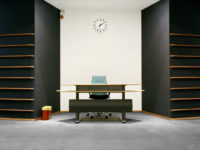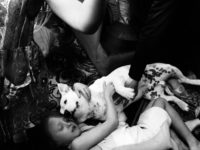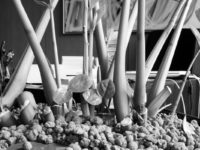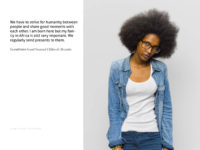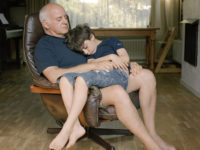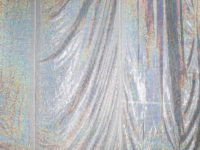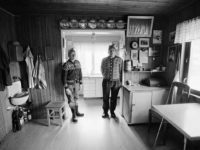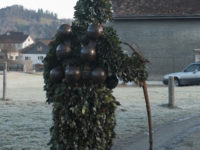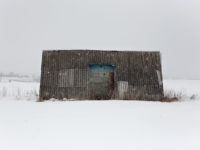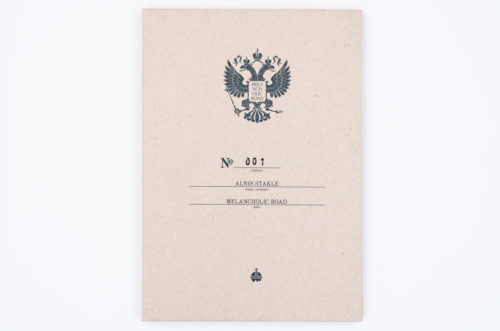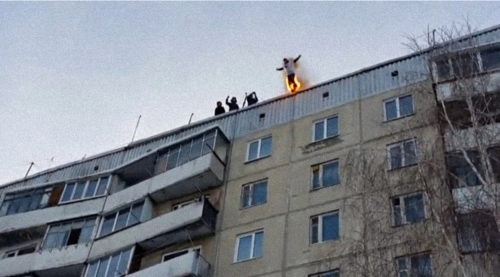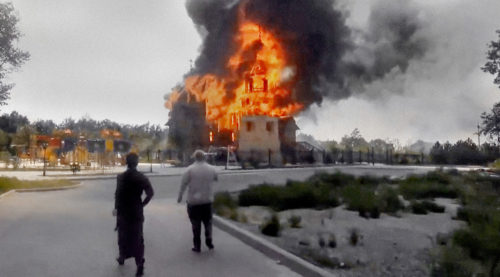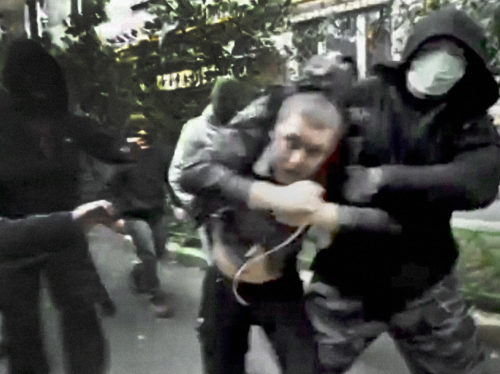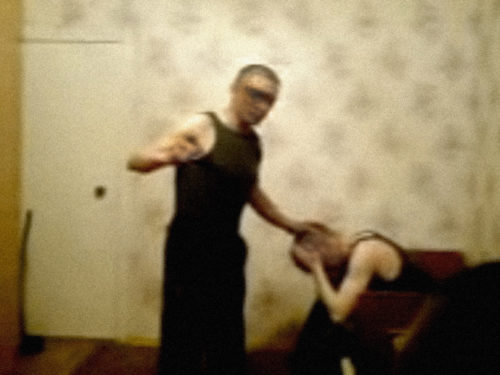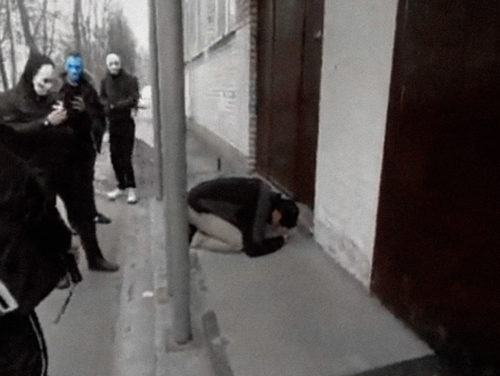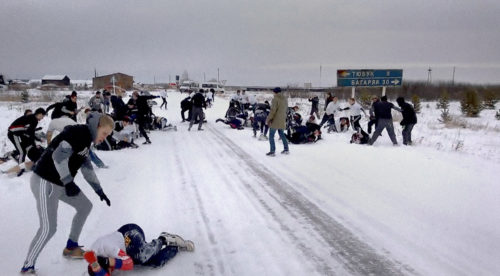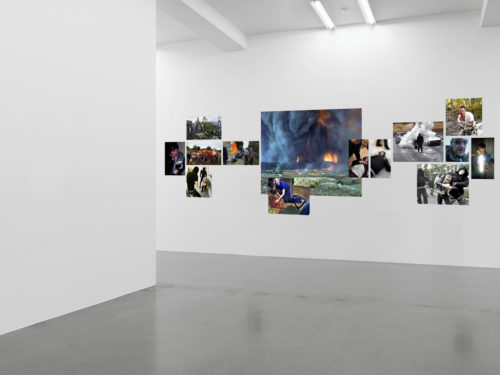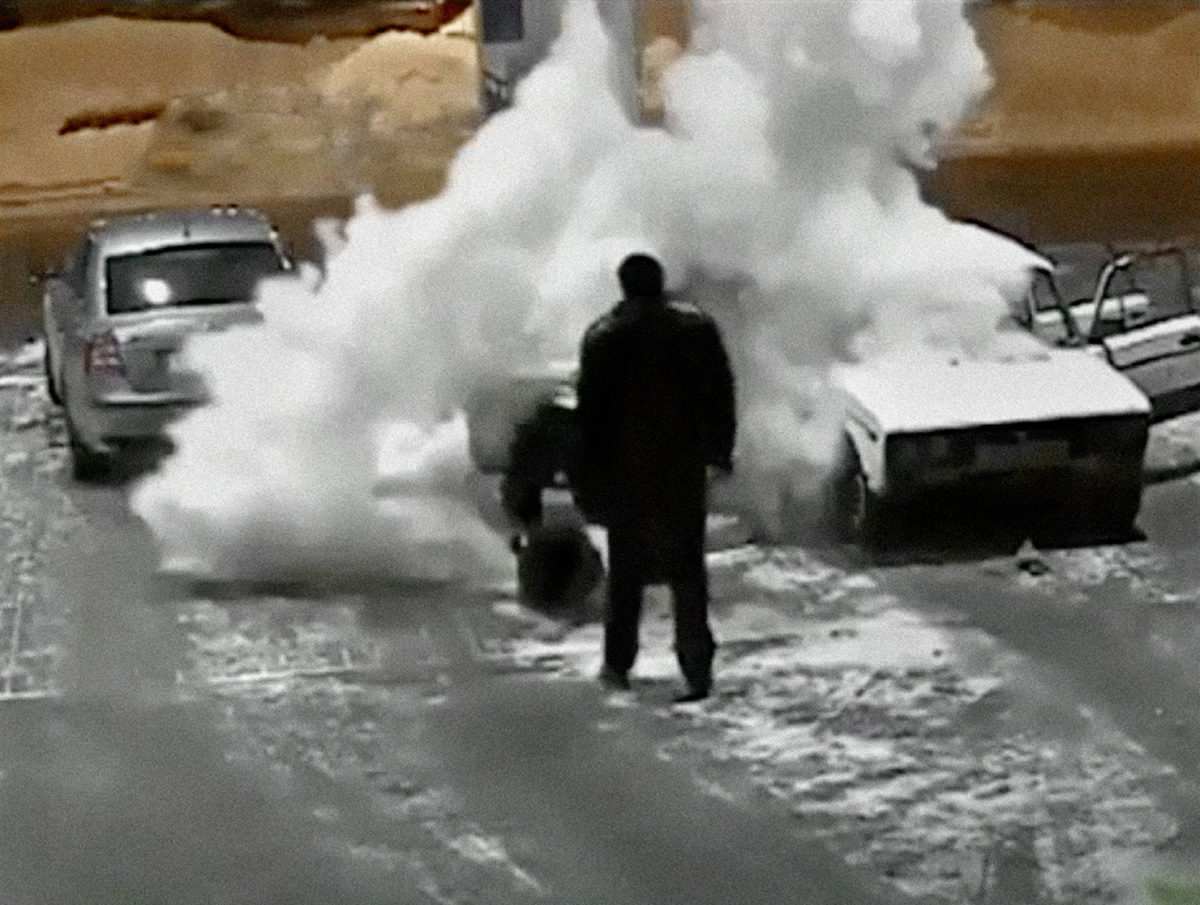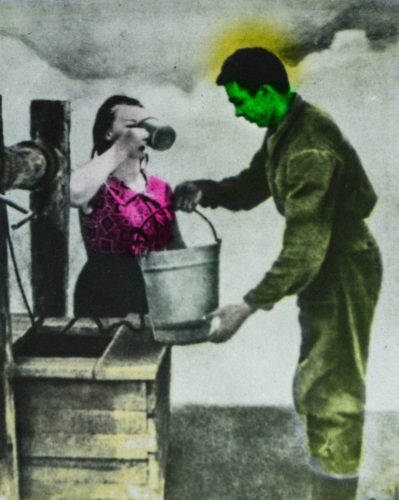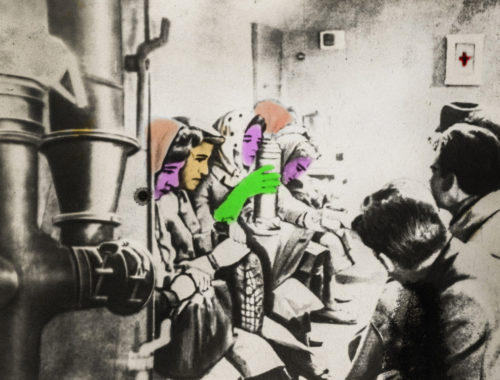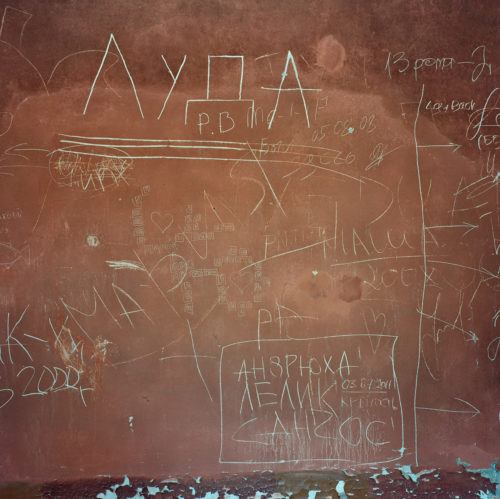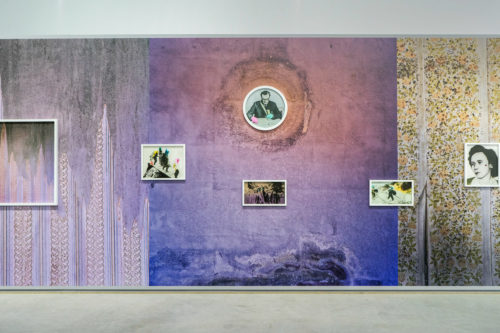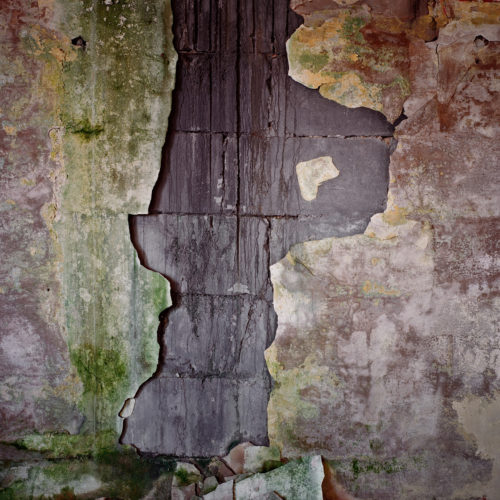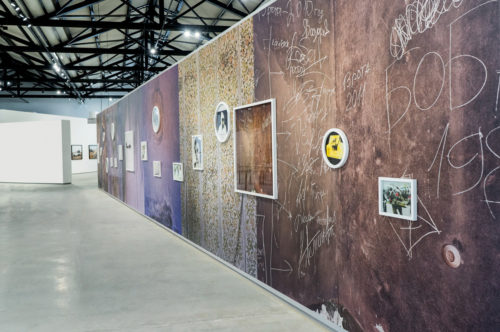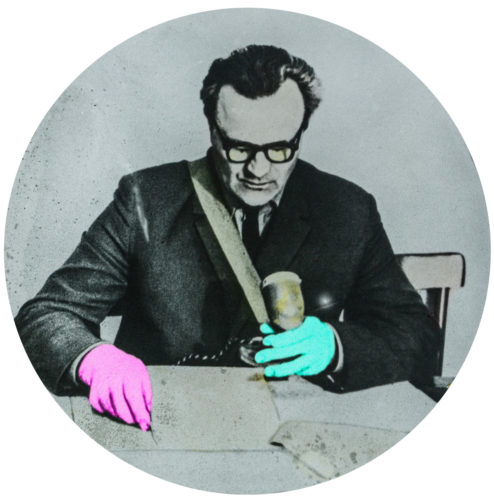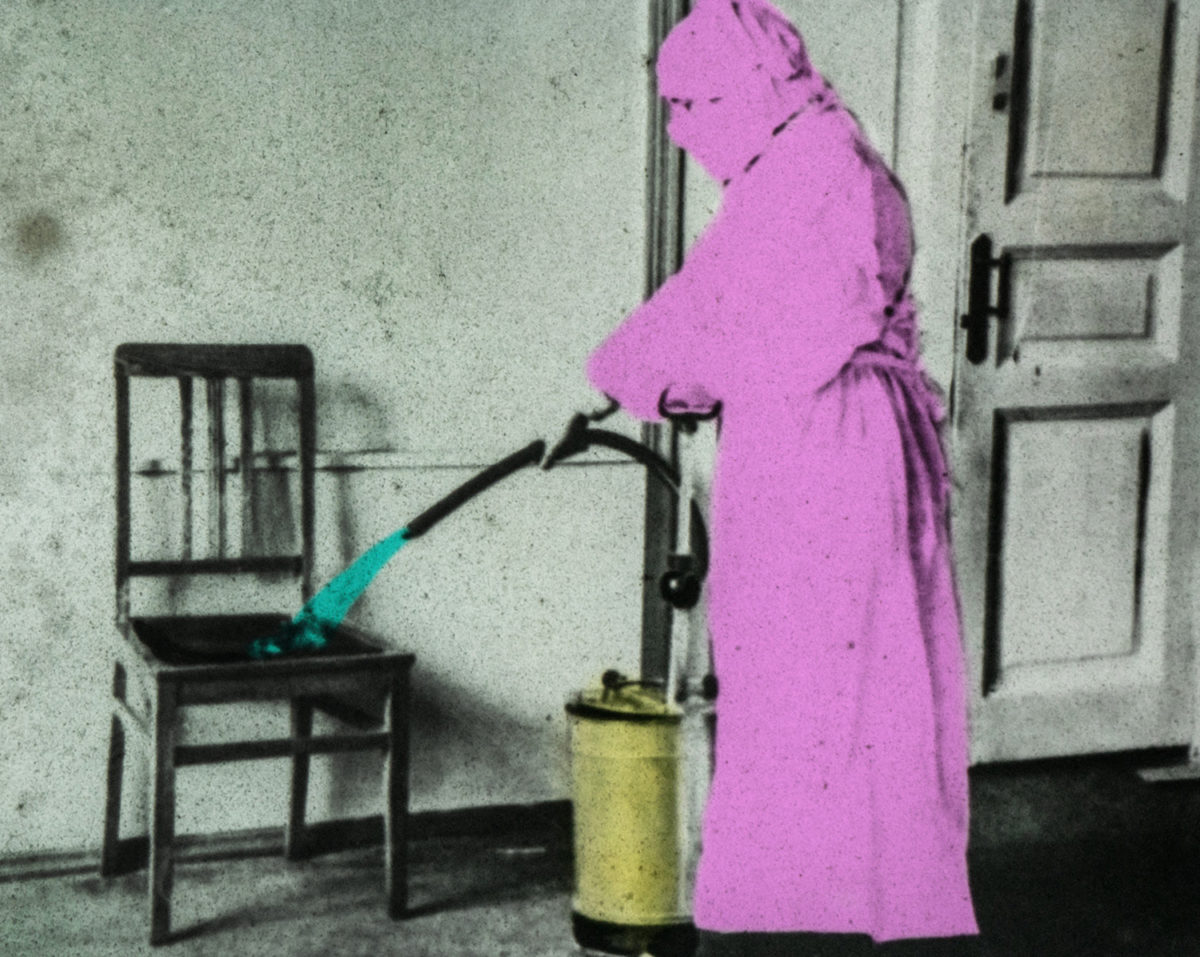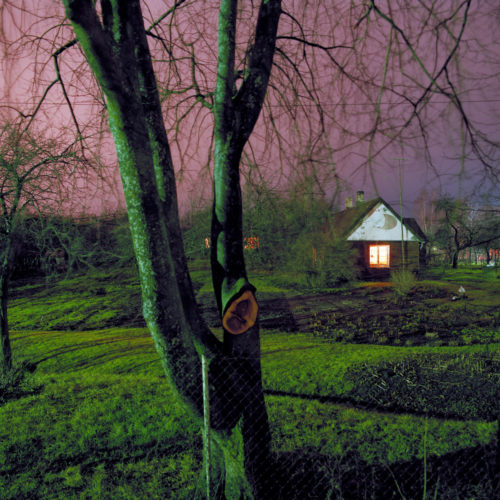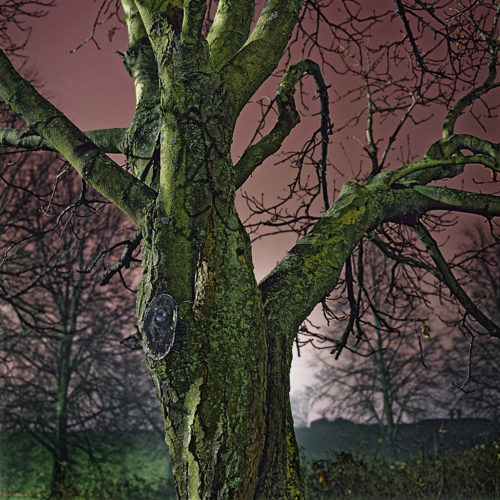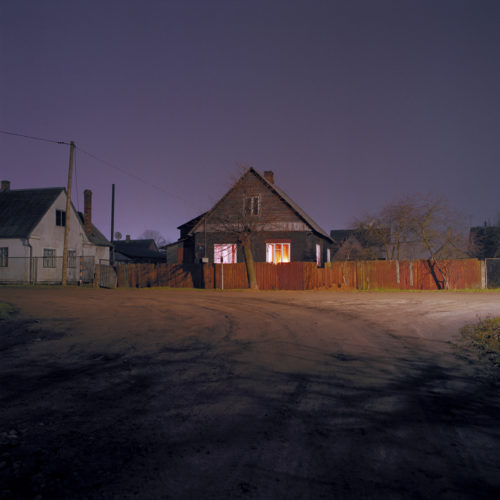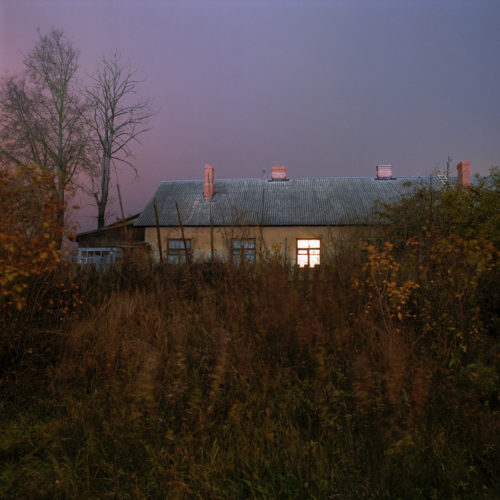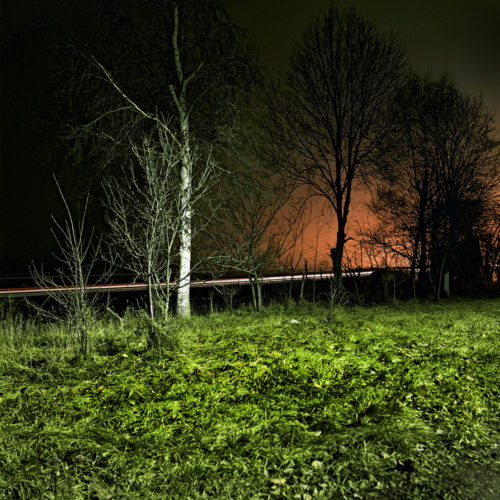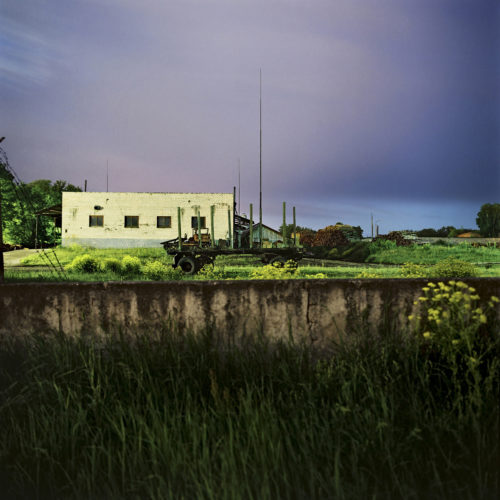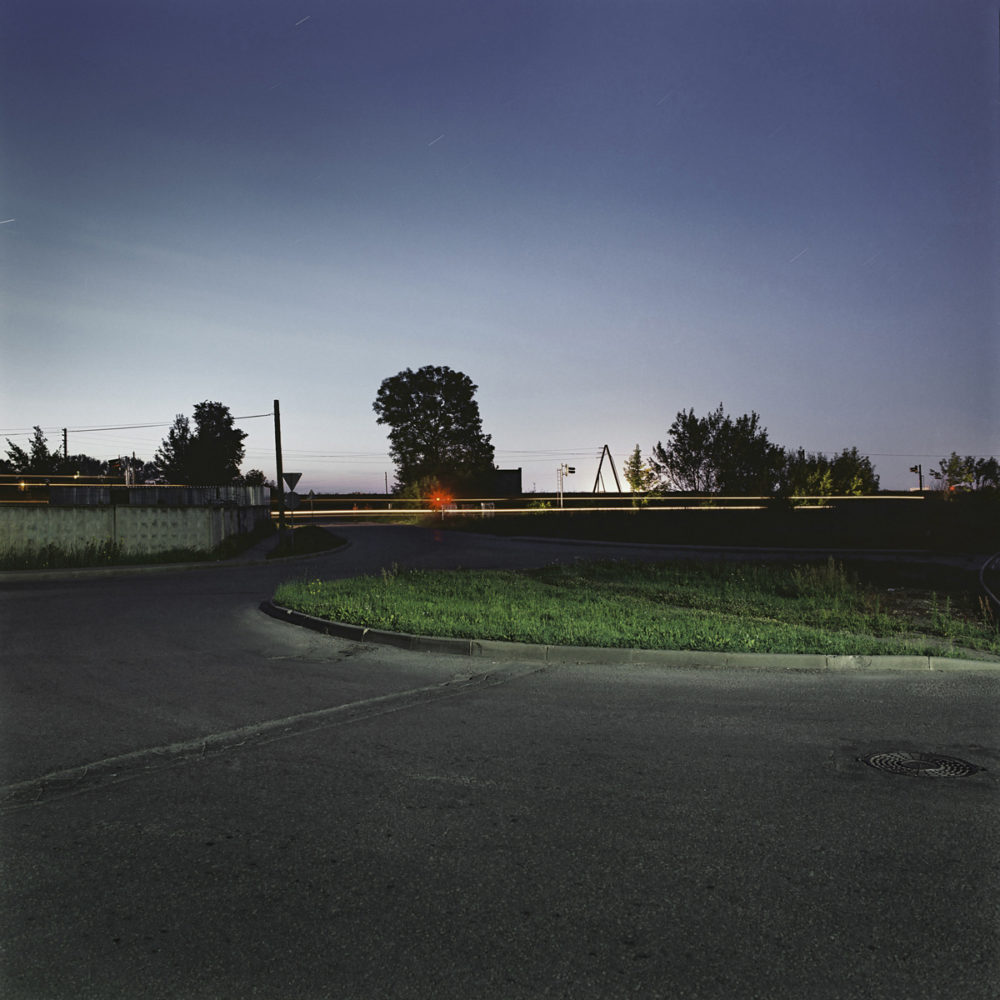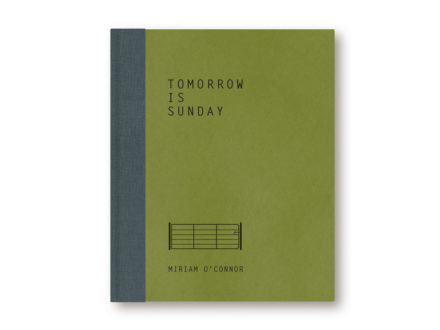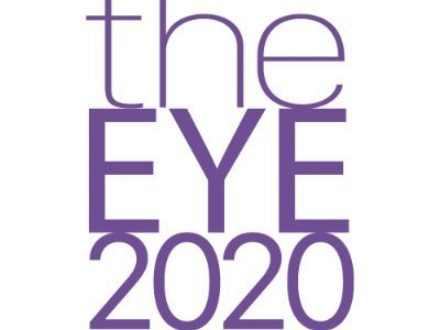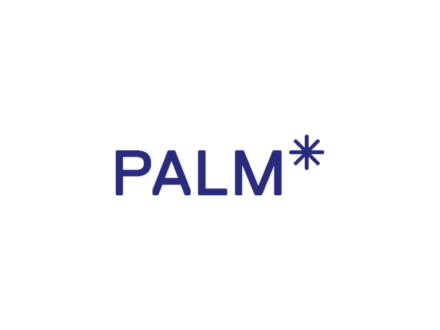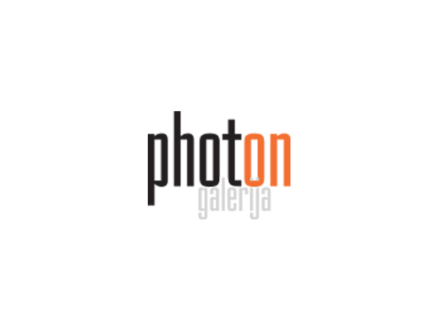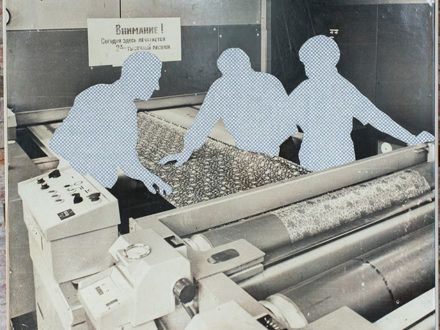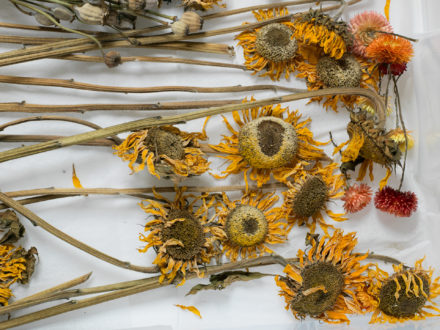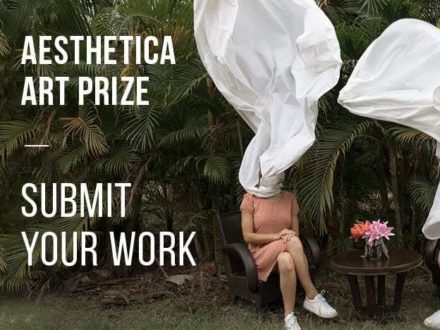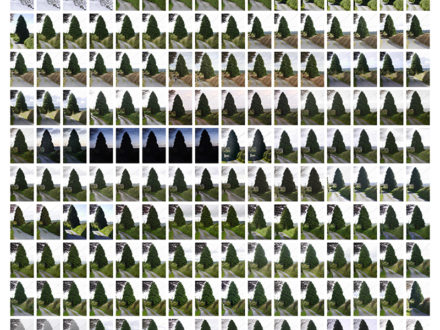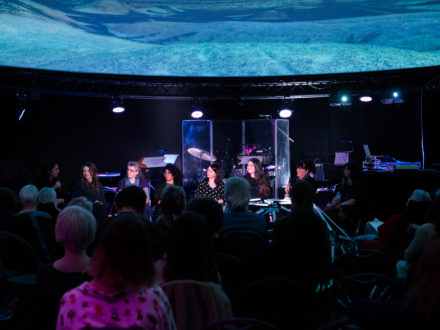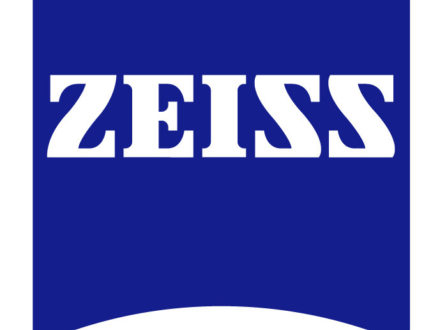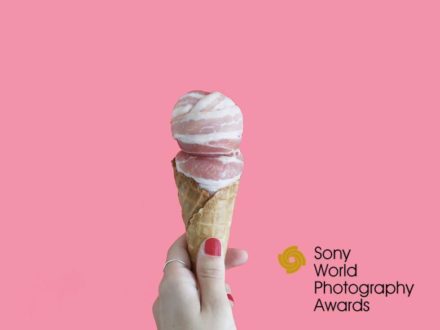Biography
Alnis Stakle (b.1975) is a Latvian photographer, board member of Riga Photomonth, and the Professor of photography at the Rigas Stradins University (LV). He holds a PhD in art education from Daugavpils University (LV). Since 1998, his works has been exhibited widely, including solo & group exhibitions at the Latvian Museum of Photography, Latvian National Museum of Art, Modern Art Oxford (GB), Art Center ‘Winzavod’ in Moscow (RU), Museo Nacional de Bellas Artes in Buenos Aires (AR), Centre for Fine Arts BOZAR in Brussels (BE), in addition to being held in private and public collections. His works have been published in British Journal of Photography, Wired, Camera Austria, EYEMAZING, IMAGO, OjodePez, Archivo, Leica Fotografie International, etc.
Stakle is represented by Grinberg Gallery in Moscow and Inde/Jacobs Gallery, San Antonio, Texas.
Portfolio
Melancholic Road
For different reasons, Russia has remained a largely unpredictable country over the course of many centuries. Westerners still tend to be prejudiced towards Russians and perceive them as weird, aggressive and irrational. I have visited Russia on a number of occasions, but so far have not managed to capture on film the true nature of Russia. In order to approach the unseen in the Russian culture, for several years already I have been studying amateur videos, which portray often trivial events largely unknown to media and the general public. Nevertheless, these amateur video messages have an existentially meaningful and irrational component, which can become a key to unlock the modern-day cultural discourse on Russia. In my work, I appropriate amateur video images in order to re-conceptualise Russia in terms of technology, politics and aesthetics.
2013 -2017 / All works are archival pigment ink prints on rag paper, sizes variable (ed 7)
Portfolio
Shelter
An idea once expressed by George Santayana – „those who cannot remember the past are condemned to repeat it” – most accurately correlates with the recent history of military and ideological conflicts in the Western world. The tragic geopolitical events of the past century have either been forgotten or pushed out of the collective experience as something inconvenient and outdated. The seemingly obvious facts about the numerous wars, the cold war between NATO and the Soviet Union, the arms race and recent disarmament treaties appear to have had no lasting effect on the modern society, which once again resumes the rhetoric of the cold war, nationalism and conflict. In spite of this curious state of oblivion, some experiences of the collective conflict are reinterpreted and transformed into new collective rituals, educational content and legislative initiatives which, in their turn, support the current cultural state of demarcation and ideological contradictions between the ex-Eastern and Western block countries.
The works from the “Shelter” series are rooted in a quest performed in different places, image archives and memories that are witnesses to the previous WWI & WWII and cold war state between NATO and the Soviet Union. The old Soviet military bases, following more than 20 years of neglect, are now being adapted to the needs of NATO armed forces, and these walls might soon witness a replay of the not-so-long-forgotten history. More than 30-year-old archives with civil defence instructions on how to protect oneself in a state of war or after deployment of nuclear, biological or chemical weapons are just one of many inspiration sources for the “Shelter ” series.
All in all, these works are about the recurrence of collective oblivion, about history repeating and about the grotesque language of propaganda. A particular emphasis is laid in these works on the meaning of the images and the technical communication codes, which, when decontextualised and visually recoded, expose new and ironic meanings of collective fear and memories.
2016 - 2018 / All works are archival pigment ink prints on rag paper, manipulated gelatin silver prints, postcards/collages. Mounted on Dibond, framed.
Portfolio
Home Sweet Home
The series of works Home Sweet Home depicts private houses and their
adjacent territories at night-time in various small towns of Latvia. The captured private houses have
consciously been selected as such that cannot boast about being architectural masterpieces or cultural
monuments, but through the simplicity of their frames and constructions permit to easily relate these images
to the archetypal home structures embedded in collective unconsciousness. Oftentimes, we may also encounter
the archetypal depiction of the image of house, which sometimes appears plain, naive and romantic, in
children’s drawings, dreams and fairy-tale motifs. One of the subjective aspects for such a representation
of home and private territory in my work can be traced back to my dream patterns and childhood drawings
where a frequently encountered image is that of a plain private house at night with light shining from one
window.
The set of photos Home Sweet Home is all about living on the edge of
survival, about a town as a space which is consciously organized yet infused with and constituted by a
plethora of irrational components. It’s all about striving for warmth which is both, individual and
collective, psychological and physical; it’s about symbols and codes that abound in our everyday life,
sometimes pushing us to make conscious and unconscious choices.


